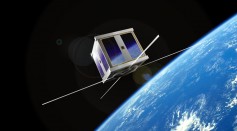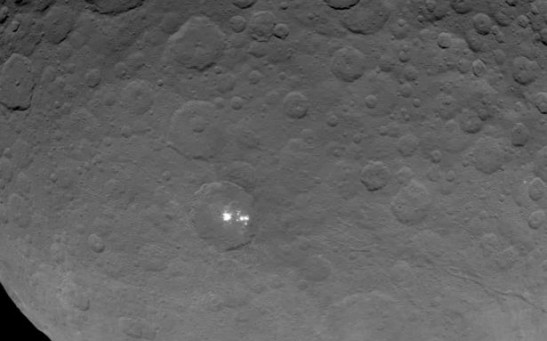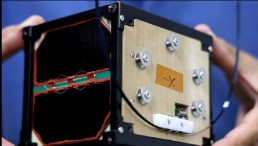space
SpaceX Dragon Departs International Space Station

Hubble Observes Unique Star Dubbed "Nasty"
Reasons Why Some Scientists Believe There is Life on Mars

NASA's New Cheap Spacecraft To Explore New Worlds
Why the ISS Needs a Big Laser Cannon
25th Anniversary of Hubble Brings With It the Clearest Views of Space

Hang Gliders Could Allow Us to Land Probes on Mars
The Earth Now Has a Flag to Plant on Mars

Travel to Mars Focus of Toronto Conference
How the ISS Plans on Getting Rid of Space Debris—Plans to Vaporize Comets in Space
A New Vehicle in the Works to Investigate the Hellish Atmosphere of Venus
Russia Restarts Progress Spacecraft on ISS After Failed First Attempt
SpaceX Aggressive Schedule Leading to Manned Space Flights

New Technique May Help Find Traces of Life on Mars
Most Popular

The Role of AI in the Next Generation of Logistics: Insights from Tobias Waldhecker

Alzheimer's Treatment Drug Lecanemab Found to Increase Death Risk, New Research Shows

Cloned Black-Footed Ferret Gives Birth to Two Healthy Kits

Optimizing Complex Catalog Systems with Graph Theory and Indexing






